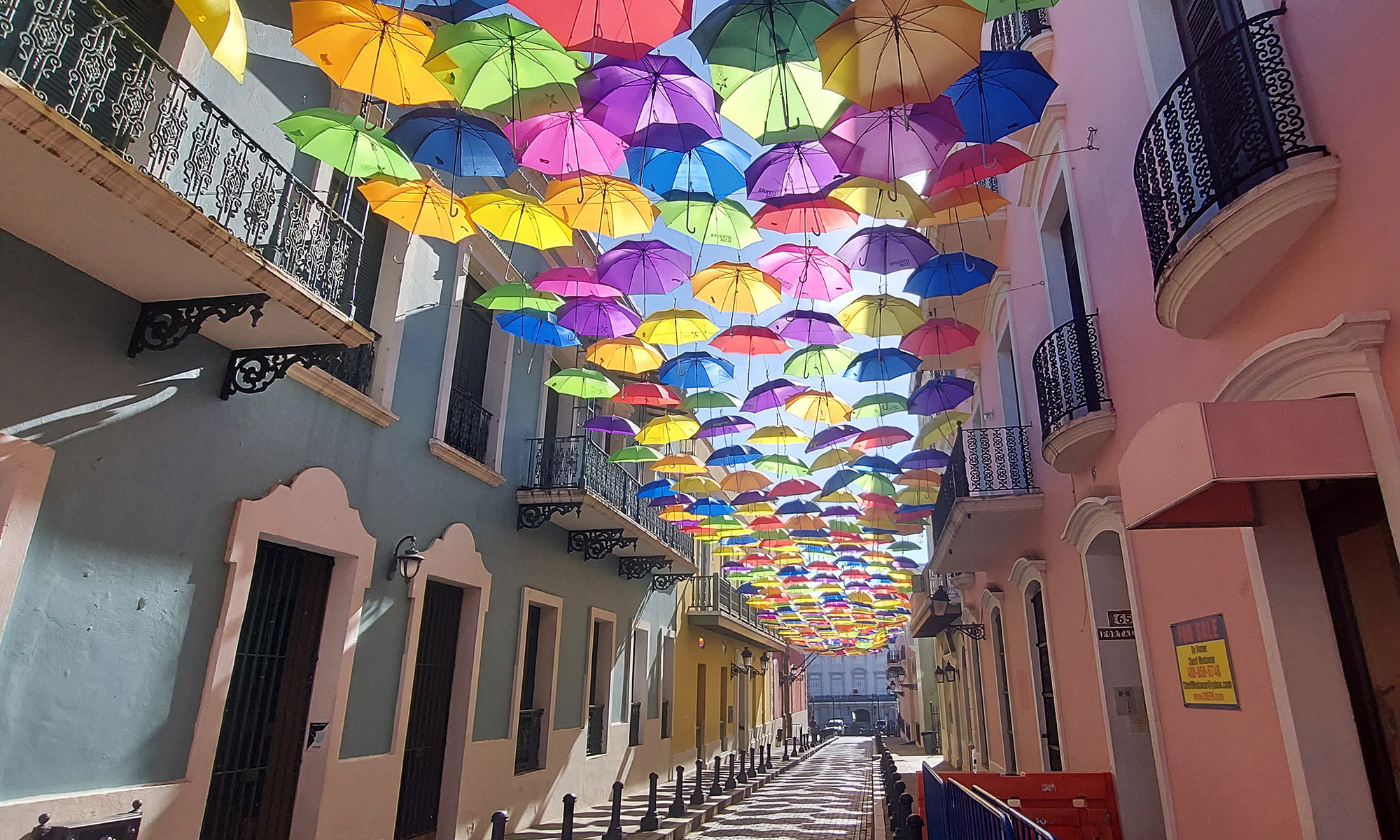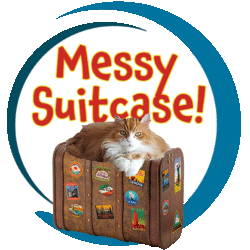Walking in my Grandfather’s Footsteps
I have one thing to say to my grandfather, Domenico Troisi: Thank you so much for leaving Naples!
A few hours spent around Via Cesare Rossaroll in Naples, Italy, where Domenic lived as a child before immigrating to the United States in 1907, has made me eternally grateful that he came to the United States. This impoverished, filthy, decaying pesthole of a neighborhood, teeming with loud people and louder cars, narrow streets and narrower alleys, ancient buildings with paint peeling off, blowing litter and dog shit everywhere, is beyond depressing.
And this godforsaken alley is where my grandfather lived with his father and two brothers, first in a dingy flat with a shared toilet outside in the hall, and later in a small room separated by a curtain from his father’s “magazino,” or tailoring shop and store combined.
 |
| The Memory Book |
Domenic described this neighborhood in his 50th Anniversary Memory Book, published in 1970. But his optimistic style does not capture the over-stimulating, exhausting reality of his Neapolitan living situation. Fortunately, my cousin Janice Carapellucci and sister Julie Holm both spent considerable hours and effort researching and digging to locate the home where he lived and the chapels and other landmarks he referenced in his memoir, so that a small group of Troisi cousins could make a pilgrimage to Italy and back to the place from whence we came.
Naples
I’ll be blunt: Naples is no tourist town. It’s working-class, gritty, loud and obnoxious. It reminds me of some parts of NYC and helps me understand how the Big Apple, with so many Italian immigrants, came to develop some of its pushy, in-your-face character. Walking from the train station this morning, first I was hit by multiple flailing elbows while walking the few blocks to get there, then I was almost deafened by a whole line of cars leaning on their horns to express their outrage at some poor sap holding up the line in front of them. This could have happened just as easily on the Lower East Side of Manhattan.
Life off Via Cesar Rosaroll
But back to Domenic. First, his family lived, as his brother D. Paul described in the memoir, in a small apartment: “Our apartment was called a flat, with community toilet out in the hall; the central heating consisted of our cooking stove in which we burned charcoal when we could afford it. We scavenged kindling at the curb market where we picked up discarded boxes and crates.”
 |
| Domenic’s alley |
After his mother died in 1906, this Spartan lifestyle deteriorated, according to Domenic: “My father gave up the apartment and put what furniture he could salvage (in) back of the store, dividing the room with a curtain across the entire width. He felt that by so doing he could take better care of his three boys. Many of the meals consisted of pans of spaghetti, or paste e faggioli, which were supplied by a restaurant in Porta Capuana in exchange for tailoring and clothes my father made for the family of the restaurant owner. I cooked most of the meals on a small kerosene stove in back of the store.”
He was only 12.
Transported Back in Time
Walking in the neighborhood where Domenic spent his childhood, I felt transported back in time 110 years. It seems like nothing has changed, except that there are cars and motorbikes clogging the streets now instead of horses and carriages and pushcarts.
 |
| Domenic’s door |
People still live in the same squalid conditions, with the addition of indoor plumbing. Clotheslines with sheets, socks and pants still flutter in the wind from balconies above the alleyways. Homemade Roman Catholic shrines to the Virgin Mary and assorted saints can be found in every alcove, with some large ones dominating street corners, festooned with plastic flowers and Holy Water, better maintained than any of the nearby homes. People still live their lives in public with their doors wide open. You can look in as you walk by and see an extended family sharing one small, dark living space, a small kitchen behind, people hanging outside the door, smoking.
The whole place probably smells better, thanks to modern plumbing and the absence of horse manure in the streets (although there was plenty of dog poop). Otherwise, it’s largely unchanged.
Where We Came From and What It Means
Seeing where you came from can make you even more grateful about where you are now. In the decision by Domenic’s father, Beniamino, to board the Steamship Bulgaria, we dodged a bullet. No wonder a squalid tenement on the Upper East Side, where Domenic, his father and two brothers lived with his uncle’s family after they arrived in New York in 1907, “was almost a luxury for us.”
 |
| Domenic, Donato and Dante (L-R) |
No wonder Domenic was so driven to get ahead, to get educated, to learn English, to improve his living situations, to build that glorious house on Vernon Avenue in Williamsport, PA, where my mother and her nine brothers and sisters grew up.
Walking in Domenic’s footsteps was physically draining and emotionally exhausting. I’m glad I did it. And I am really, really glad he left.



























